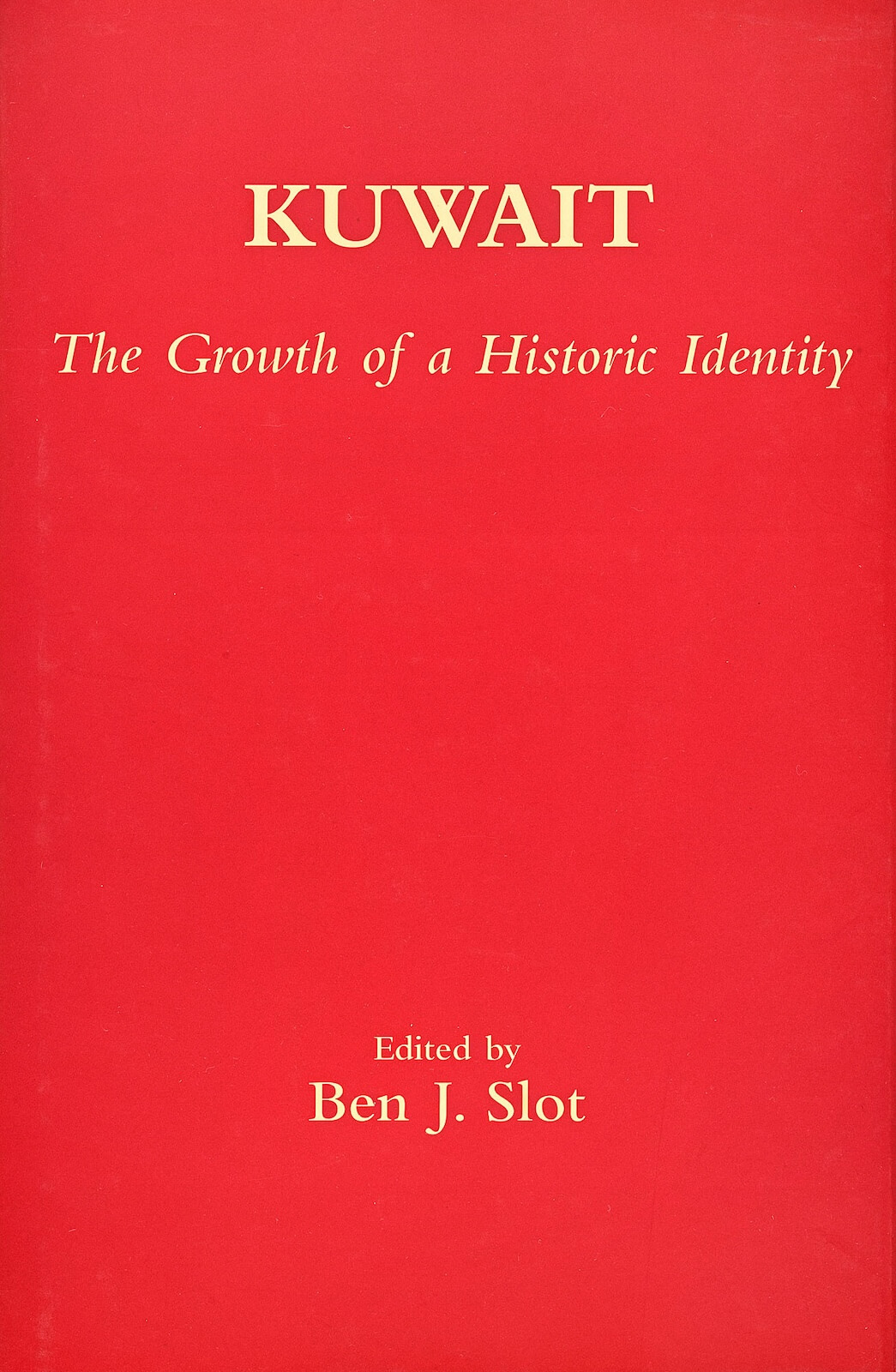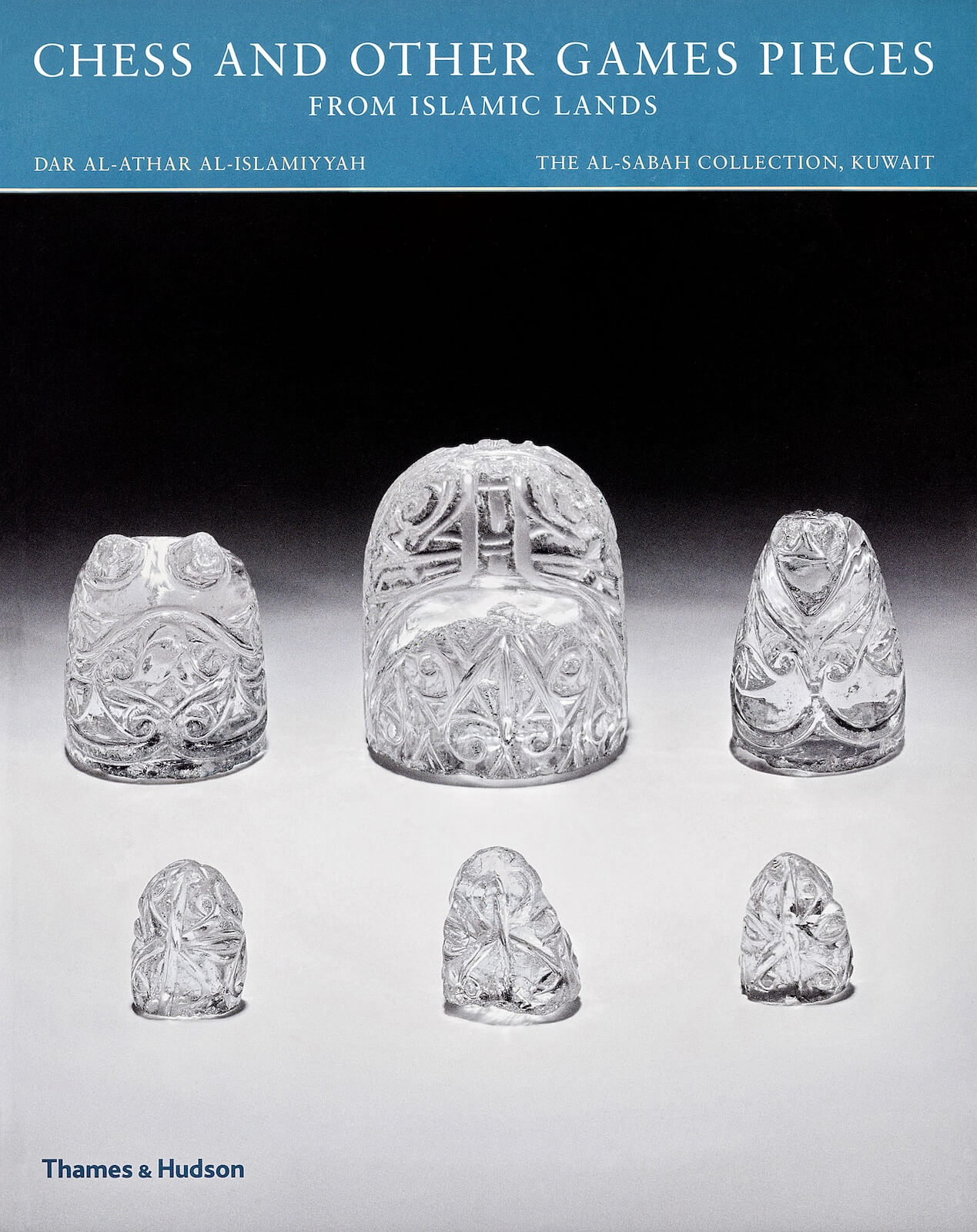Islamic Art in Arabic Sources

This book discusses the manufacture of tools and other artefacts as a focal point in antiquated writings on the lives of the workers, their industry, and their craft, be it mental or physical. We can therefore describe Islamic art as an open and emerging field of work.
Kuwait: the Growth of a Historic Identity

During the 1990s a great deal of scholarly effort has been focused on the particular circumstances of Kuwait’s emergence as a state, and as a result much new material has been brought to light. This series of papers given at Peterhouse College, Cambridge on 19 May 1995 by five leading scholars (Ben J. Slot, Ulrich W. Harmann, Grigori Bondarevsky, Richard Schofield & Suhail Shuhaiber), explores the historical, political and social processes which governed the birth, survival,prosperity and ultimatesovereignty of this unique Arab maritime policy.
Early Persian Painting: Kalila and Dimna Manuscripts of the Late Fourteenth Century

Kalila and Dimna or ‘The Fables of Bidpai’ is one of the treasures of world culture, and has been translated through the centuries from China to Spain. This text of moral tales was the most commonly illustrated medieval Islamic text. This book traces the history of the text thorough its many translations unveiling the exquisite paintings that accompanied them and was supported by Dar al-Athar al-Islamiyyah.
ART IN EXILE: a Kuwaiti Experience

This is the story of the “Islamic Art & Patronage” exhibition, which travelled from its opening at The State Hermitage Museum during the invasion of Kuwait until its return 12 years later, as told through news clippings & images. “When one looks at life through the eyes of a thousand-year old bead, one does not seen the days or the months, but the decades and centuries. The challenges that these artifacts have overcome, and the triumph of such achievements, will surely help protect all art collections from the degradations of war.” (HAS)
30+Years Collecting Memories

What the Dar al-Athar al-Islamiyyah has accomplished in 30+ Years is almost overwhelming. In each of the thirty years from 1983 to 2012, the DAI has increased its reach as a cultural institution in Kuwait and abroad. The history of these years are told through Memories of people close to DAI along with numerous photographs of historic events, collection objects, visiting scholars, musical evenings, publication covers & posters.
Adornment and Splendour: Jewels of the Indian Courts

This is the definitive catalog of an unparalleled collection of Indian jewelry and jeweled luxury objects made at the height of the Mughal empire and Deccan sultanates in the 16th and 17th centuries. The collection, widely regarded as one of the finest in the world, was assembled by Sheikh Nasser and Sheikha Hussa al-Sabah for The al-Sabah Collection, Kuwait, and reveals the beauty, sophistication and diversity of Indian jeweled arts.
The Indian subcontinent is naturally rich in gems. From ancient times master jewelers developed a wide array of unique techniques and made it home to the most sophisticated jewels on earth.
Metalwork from the Arab World and the Mediterranean

This volume, the latest in the series on the treasures of The al-Sabah Collection, Kuwait, presents metalwork made in Multiple Islamic countries from the early Islamic period through the end of the Ottoman era in the nineteenth century. The pieces include exquisite platters, serving vessels, candlesticks, and pen boxes produced for royal courts, in addition to many beautifully decorated bronze domestic items, such as bowls, lunch boxes, door knockers, buckets, and lamps.
The book was published in English and it includes documented definitions in Arabic of the art pieces depicted in the book, which amount to 350 color illustrations.
Carpets from Islamic Lands

This catalogue features more than forty of the finest classical carpets created in Egypt, turkey, Persia, the Caucasus and India between 16th and 19th centuries, along with several important pre-Islamic carpet fragments. It describes this spectacular collection in the context of the history of Islamic art, recounting the fascinating stories behind individual carpets and celebrating their intricate designs and unparalleled craftsmanship.
Pre-Islamic Carpets and Textiles from Eastern Lands

This book features a unique collection of carpets and textile fragments from the pre-Islamic and early Islamic world. The Sasanian fragments fill a substantial gap in the early history of pile carpets, dating from the second to the eighth century AD, and make a valuable contribution of the understanding of local artistic traditions. The second half of the book is devoted to post-Sasanian and Sogdian silks dating from the sixth to the tenth century.
Chess and Other Games Pieces from Islamic Lands

10th in a series of T&H publications on The al-Sabah Collection, this book provides the definitive catlogue of this outstanding group of games pieces, with more than 300 striking new images. Specially commissioned scientific testing has allowed many of these objects to be dated with precision for the first time. An additional section listing medieval chessmen from museums and private collections worldwide, some previously unpublished, adds a unique contextual dimension.

